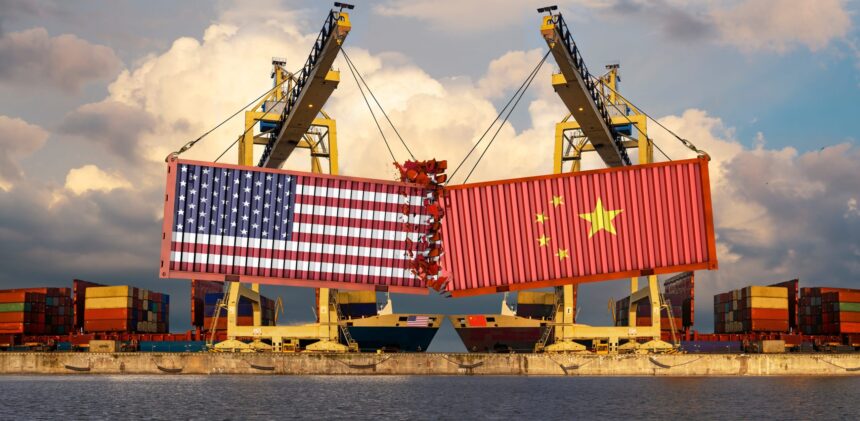US China Trade War: Rare Earth Tariffs Escalate Tensions
Background of the Escalating US China Trade War
The ongoing US China trade war rare earth tariffs dispute intensified after President Donald Trump announced on October 10 that his administration would consider imposing a 100% tariff on Chinese imports. This announcement follows China’s move to introduce new restrictions on the export of rare earth minerals—materials vital for the production of electric vehicles, electronics, and defense technologies. Trump attributed these measures to “economic hostility,” specifically referencing China’s decision to stop purchasing American soybeans, which he claimed intended to undermine the US agricultural sector (Reporting via CryptoNews).
The trade conflict between the two largest global economies originated in 2018 when the US imposed tariffs on approximately $60 billion worth of Chinese goods. China countered with its own tariffs, launching a cycle of trade retaliation that has affected vital industries, including agriculture and technology on both sides. A temporary ceasefire was reached in 2019, but the dispute has reignited, particularly over rare earth minerals and US sanctions targeting Chinese tech firms.
Rare Earth Minerals at the Center of Dispute
Rare earths have become a focal point in the US China trade war rare earth tariffs issue. On October 9, China announced export restrictions on 12 out of 17 rare earth metals, which will go into effect on December 1, 2025. China currently supplies the majority of the world’s rare earths, making these new regulations a significant threat to industries reliant on these materials worldwide. Products ranging from smartphones to semiconductors, as well as crucial defense sector equipment, rely on these minerals.
China’s Ministry of Commerce described the rare earth export curbs as a response to what it described as “double standards” by the US, accusing Washington of leveraging national security to justify economic pressure. Chinese officials further warned of additional retaliatory steps should the US proceed with the threatened tariffs. According to analysts, “The US economy is more resilient to tariff impacts than China, which relies heavily on exports to the US and others,” as cited in CryptoNews.net.
Market Reaction and Global Impact
The escalation surrounding US China trade war rare earth tariffs has injected volatility into international financial markets. US agricultural exporters, particularly soybean farmers, have felt the strain after China halted purchases, resulting in revenue declines and supply chain disruptions. Global manufacturers dependent on rare earth minerals are also bracing for shortages and potential pricing volatility as new Chinese export rules take effect in late 2025.
In response to Chinese actions, US officials have reiterated their commitment to counter Beijing’s policies. Secretary of Treasury Scott Bessent criticized China’s moves, characterizing them as indicators of “economic weakness” and expressing frustration at China’s alleged violations of trade agreements.
China has implemented additional trade measures, such as higher port fees for US vessels and an antitrust investigation into the US-based technology company Qualcomm. These steps contributed to further uncertainty, affecting investor confidence and stock market performance globally.
What’s Next in the US China Trade War?
With the rare earth export curbs set to take effect on December 1, 2025, both the US and China have indicated that additional retaliatory actions are possible. The situation suggests a prolonged era of economic confrontation, with serious implications for technology supply chains, agricultural export markets, and the overall stability of global trade.
Observers continue to monitor policy announcements from both governments for signs of compromise or further escalation. As the world’s largest economies, developments in the US China trade war rare earth tariffs scenario are expected to influence international economic policies and business strategies well into 2025 and beyond.



















